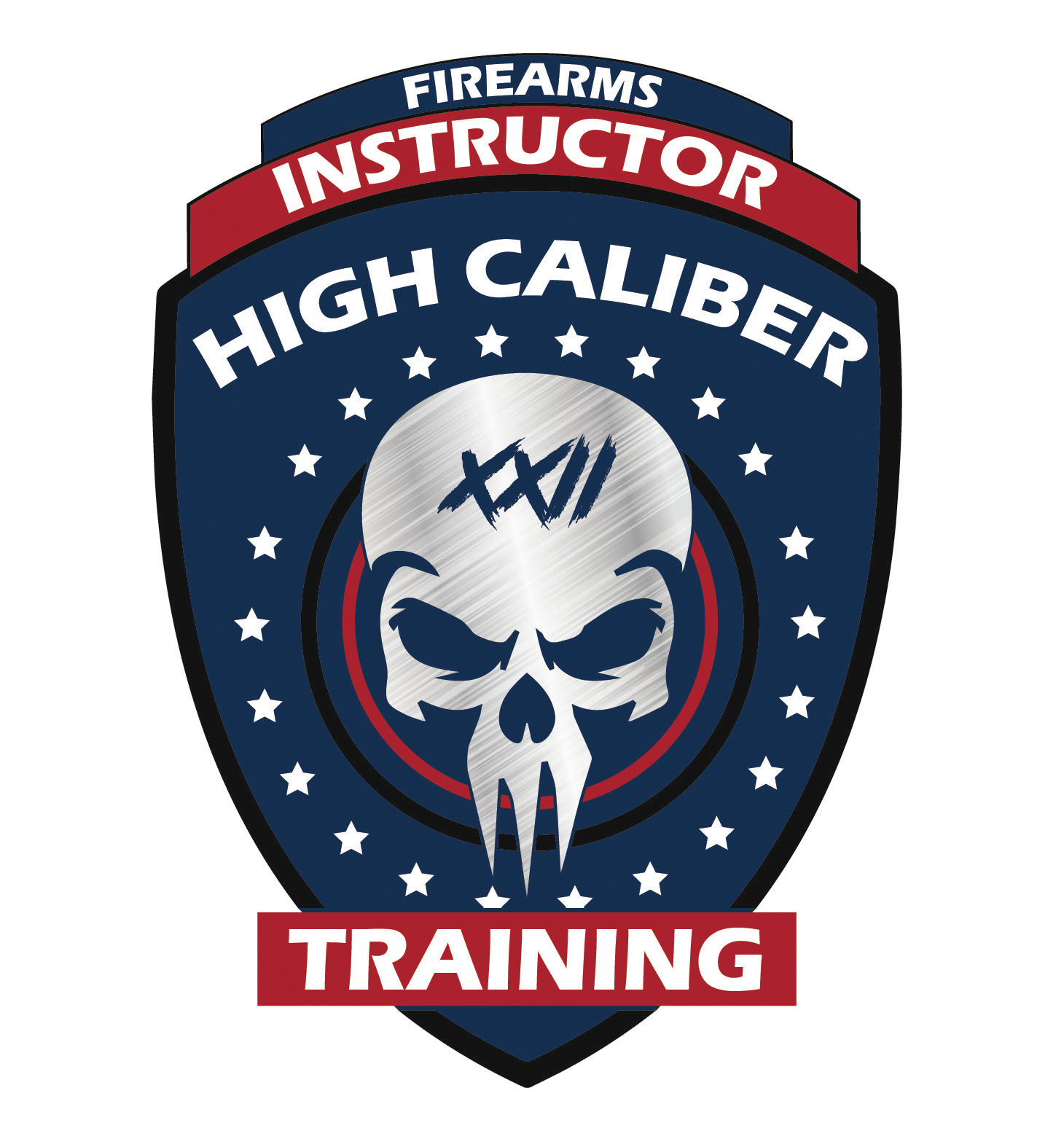The Four Firearms Safety Rules
The four firearms safety rules are the guiding rules for safely handling and using firearms. Those who utilize firearms as part of their profession live by these rules implicitly. The four firearms safety rules have been around for decades. Some organizations have added additional rules over the years, but the four basic rules are considered the foundation…the "cardinal rules".
Although the four firearms safety rules are pretty universal across the nation, the exact verbiage is not. There are a variety of reasons why the verbiage is not universal across the nation. We believe the four firearms safety rules should be simple, and leave no room for ambiguity.
Rule #1: Know the status of your firearm at all times -
Anytime you handle a firearm, or carry one on your body, you must know the status of the weapon system at any given time. Is there a magazine inserted and seated properly? Is there a round in the chamber? Is the hammer decocked? Is the external mechanical safety in the proper position?...etc.
Other verbiage used for this rule asks the end user to assume all firearms are loaded. We don't want end users making assumptions...we want them to know the status of their firearm at all times. And, they should be verifying the status regularly.
Rule #2: Never point your firearm at anything you are not willing to shoot -
This rule is self-explanatory and addresses specifically how to handle firearms. It’s commonly referred to as the “laser rule”…meaning if there was a laser emitted from the muzzle / barrel of your firearm then don’t let it hit anything you’re not willing to shoot.
Rule #3: Keep your trigger finger straight along the frame / receiver, above the trigger guard, until you are ON TARGET and have DECIDED TO FIRE -
This rule is also self-explanatory. Before you can touch the trigger, your firearm must be pointed at your intended target and you must have made the decision to fire…both conditions must exist before touching the trigger. Anything less than that and the trigger finger should be straight along the frame / receiver above the trigger guard.
NOTE: Generally speaking, the use of external mechanical safeties also follows this rule. Safeties should remain on, or in the “safe” position, until you are on target and have decided to fire. When you come off the sights and trigger, then the safety goes back on.
Rule #4: Identify the threat and the environment before firing -
Identify the threat is all encompassing and means whether the intended target is friendly or hostile and if the target is armed or not. Identify the environment is also all encompassing and means knowing the surrounding area and situation. For example, know what’s behind the target (backstop) in case of an over-penetration or miss…Know what’s left and right of the target to ensure no one can step into your line of fire...Know what’s in front of the target (hostage, type of cover, etc)...Know where the other “good guys” are in relationship to the threat...etc.

